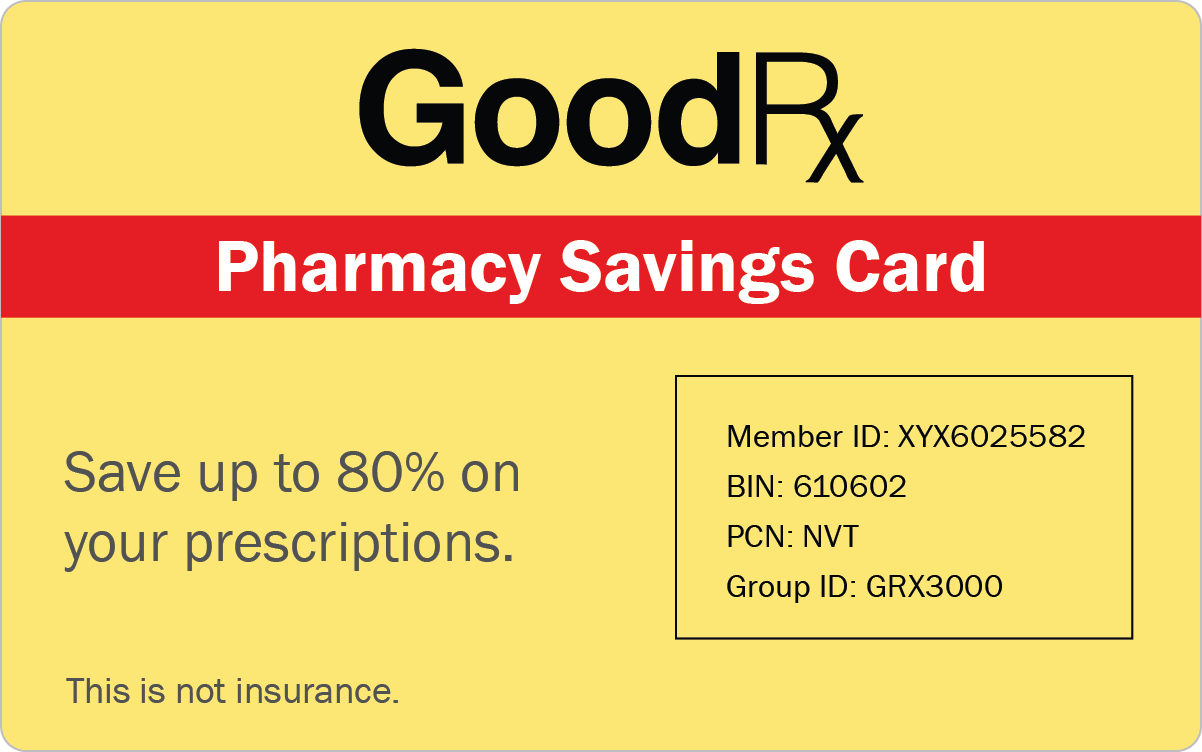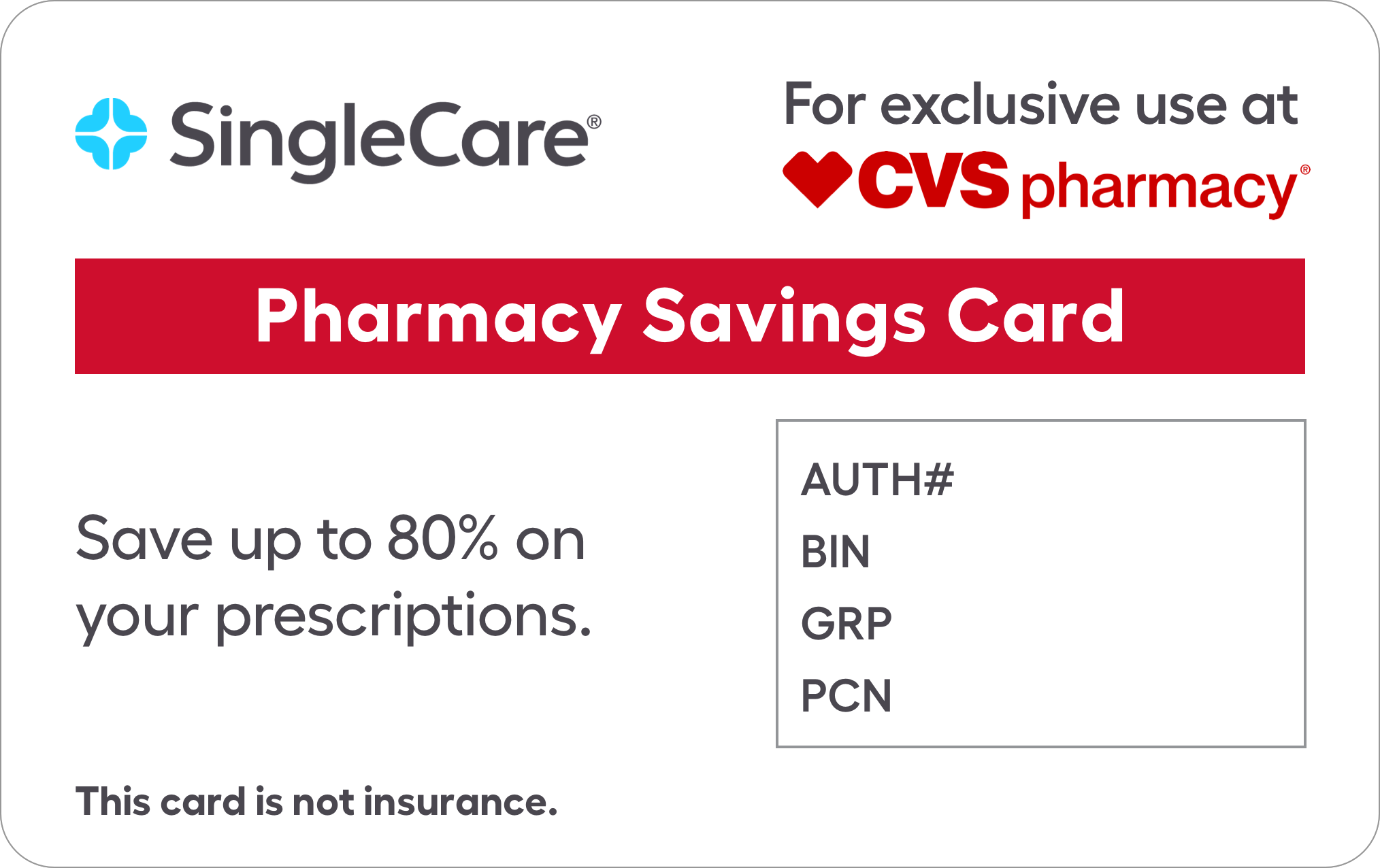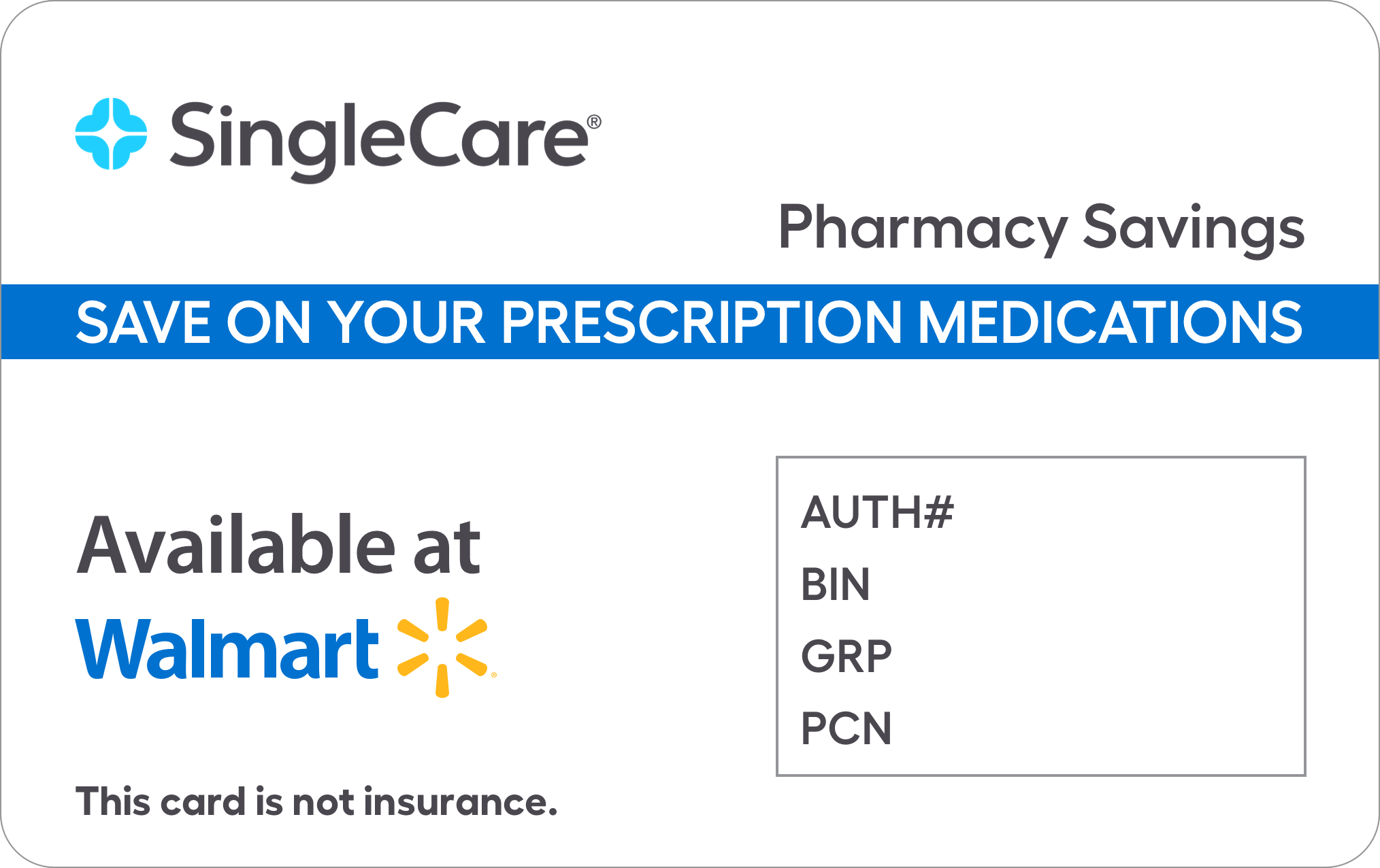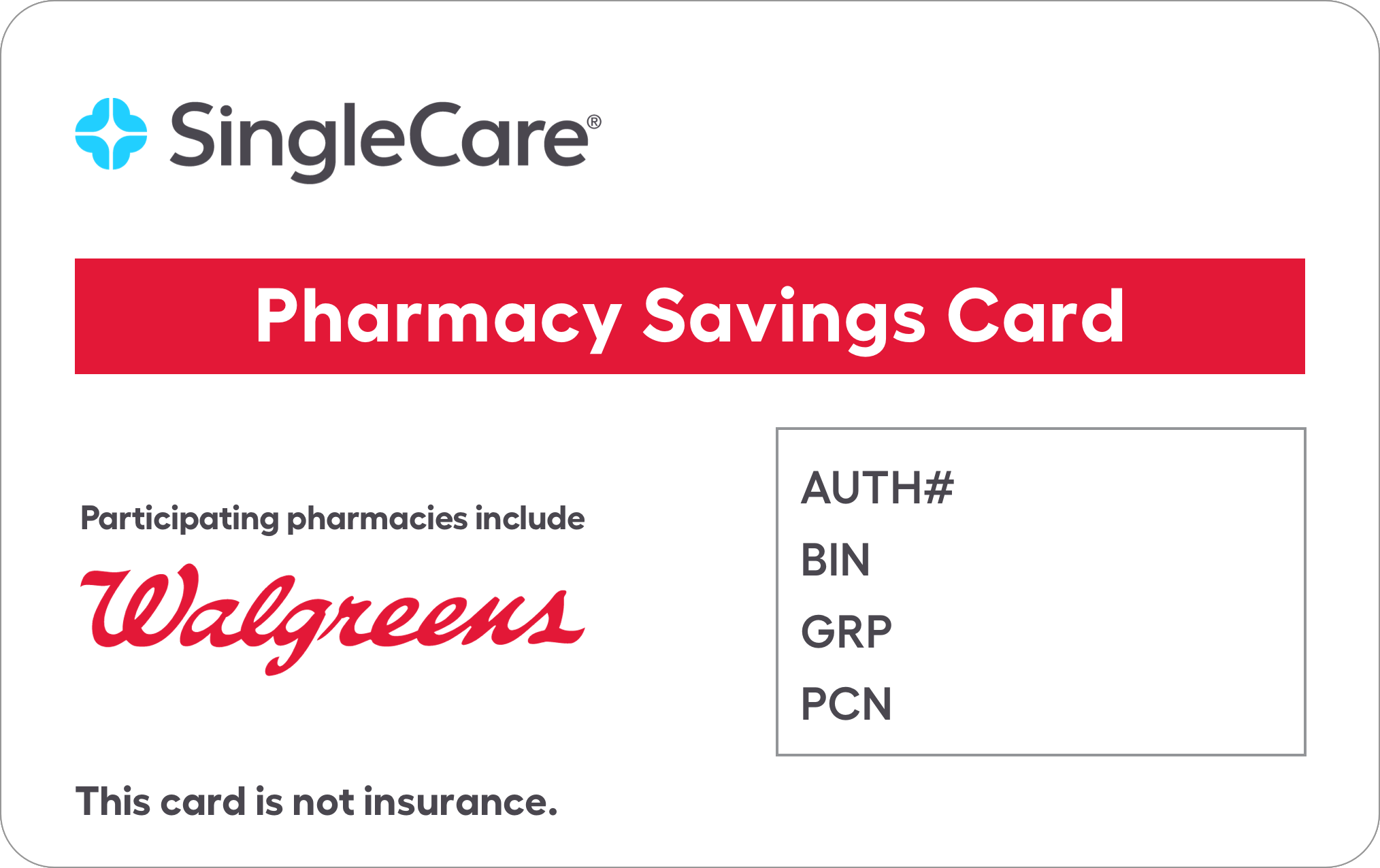Lamotrigine Coupon & Discounts
Save on Lamotrigine at your pharmacy with the free discount below.
Lamotrigine Discount
Savings with HelpRx discount up to:
75% Off
Privacy Protected ![]()
Never Expires 
Claim your free Lamotrigine discount

Click the "Get free coupon" button to receive your free Lamotrigine discount

Print, email or text message your coupon

Present your coupon the next time you fill your prescription
(No signup required!)








Claim your free Lamotrigine discount
 Click the "Get free coupon" button to receive your free Lamotrigine discount
Click the "Get free coupon" button to receive your free Lamotrigine discount
 Print, email or text message your coupon
Print, email or text message your coupon
 Present your coupon the next time you fill your prescription
Present your coupon the next time you fill your prescription
Lamotrigine Information:
Lamotrigine is used for treating certain types of seizures. It may be used alone or with other medicines. It may also be used to delay the occurrence of mood problems in certain patients with bipolar disorder. It may also be used for other conditions as determined by your doctor. This medicine is an anticonvulsant. Exactly how it works is not known.
- Use this medicine as directed by your doctor. Check the label on the medicine for exact dosing instructions.
- This medicine comes with an extra patient information sheet called a Medication Guide. Read it carefully. Read it again each time you get this medicine refilled.
- Take this medicine by mouth with or without food. If stomach upset occurs, take with food to reduce stomach irritation.
- This medicine may be swallowed whole or chewed. If you chew this medicine, drink a small amount of water or diluted fruit juice after swallowing.
- This medicine may also be mixed in water or diluted fruit juice before swallowing. To mix, place this medicine in a glass or on a spoon. Add a small amount of liquid (about 1 teaspoonful per 5 mL, or enough to cover the medicine). Allow the medicine to dissolve completely. After it is completely dissolved (about 1 minute), mix and drink the entire amount right away. Do not store the mixture for future use.
- Continue to take this medicine even if you feel well. Do not miss any doses.
- If you miss a dose of this medicine, take it as soon as possible. If it is almost time for your next dose, skip the missed dose and go back to your regular dosing schedule. Do not take 2 doses at once.
- Ask your health care provider any questions you may have about how to use this medicine.
- Some medical conditions may interact with this medicine. Tell your doctor or pharmacist if you have any medical conditions, especially if any of the following apply to you:
- if you are pregnant, planning to become pregnant, or are breast-feeding
- if you are taking any prescription or nonprescription medicine, herbal preparation, or dietary supplement
- if you have allergies to medicines, foods, or other substances (especially other anti-seizure medicines)
- if you have liver, kidney, or heart problems; certain blood problems (eg, thalassemia); or if you receive dialysis treatment
- if you have a skin rash or if you have ever developed a skin rash from taking this medicine or any other medicines to treat seizures
- if you have a history of mental or mood problems (eg, depression) or suicidal thoughts or attempts
- All medicines may cause side effects, but many people have no, or minor, side effects.
- Blurred or double vision; constipation; decreased coordination; diarrhea; dizziness; drowsiness; headache; nausea;
- painful menstrual periods;
- runny or stuffy nose; stomach upset or pain; tiredness; trouble sleeping; vomiting; weakness; weight loss.
- Severe allergic reactions (rash; hives; itching; difficulty breathing; tightness in the chest; swelling of the mouth, face, lips, or tongue; unusual hoarseness);
- absent menstrual period or other menstrual changes;
- calf pain or tenderness; chest pain; dark urine; difficult or painful urination; fast or irregular heartbeat; fever, chills, or persistent sore throat; new or worsening mental or mood changes (eg, anxiety, depression, restlessness, irritability, panic attacks, behavior changes); new or worsening seizures; pale stools; reddened, blistered, swollen, or peeling skin; severe muscle pain or tenderness; severe or persistent dizziness or stomach pain; shortness of breath; sores in the mouth or around the eyes; suicidal thoughts or attempts; swelling of the hands, ankles, or feet; swollen lymph glands; tremor; unusual bruising or bleeding; unusual weakness or tiredness;
- vaginal itching or discharge;
- vision changes; yellowing of the eyes or skin.
- This is not a complete list of all side effects that may occur. If you have questions about side effects, contact your health care provider. Call your doctor for medical advice about side effects. You may report side effects to FDA at 1-800-FDA-1088. You may also report side effects at
- http://www.fda.gov/medwatch
Store this medicine at 77 degrees F (25 degrees C). Brief storage at temperatures between 59 and 86 degrees F (15 and 30 degrees C) is permitted. Store away from heat, moisture, and light. Do not store in the bathroom. Keep this medicine out of the reach of children and away from pets.
Contact 1-800-222-1222 (the American Association of Poison Control Centers), your local poison control center (http://www.aapcc.org), or emergency room immediately. Symptoms may include coma; involuntary eye movements; loss of consciousness or coordination; new or worsening seizures.
- If you have any questions about this medicine, please talk with your doctor, pharmacist, or other health care provider.
- This medicine is to be used only by the patient for whom it is prescribed. Do not share it with other people.
- If your symptoms do not improve or if they become worse, check with your doctor.
- Check with your pharmacist about how to dispose of unused medicine.
- This information is a summary only. It does not contain all information about this medicine. If you have questions about the medicine you are taking or would like more information, check with your doctor, pharmacist, or other health care provider.
Serious and sometimes fatal rashes have rarely occurred with the use of this medicine. The risk of serious rash may be greater in children younger than 16 years old than in adults. Although it has not been proven, the risk may also be greater if you start taking this medicine at a higher than recommended dose, if you take more than the recommended dose during treatment, or if you also take a medicine called valproate (eg, valproic acid, divalproex sodium). Most of the serious rashes that have occurred with the use of this medicine developed within the first 2 to 8 weeks of treatment. However, serious rashes have also occurred in patients who have used this medicine for a longer period of time. Contact your doctor at once if you develop rash symptoms, including red, swollen, blistered, or peeling skin. Treatment with this medicine should be stopped if rash occurs, unless it is clearly determined that the medicine did not cause the rash. Even if this medicine is stopped, a rash caused by this medicine may still become life-threatening or cause other serious side effects (eg, permanent scarring).

“The price for my prescription has gone up the past year and paying the out of pocket cost was getting increasingly difficult. Now, through HelpRx I’ve saved hundreds! Thank you HelpRx” - Janet Larsen - Austin, TX
















